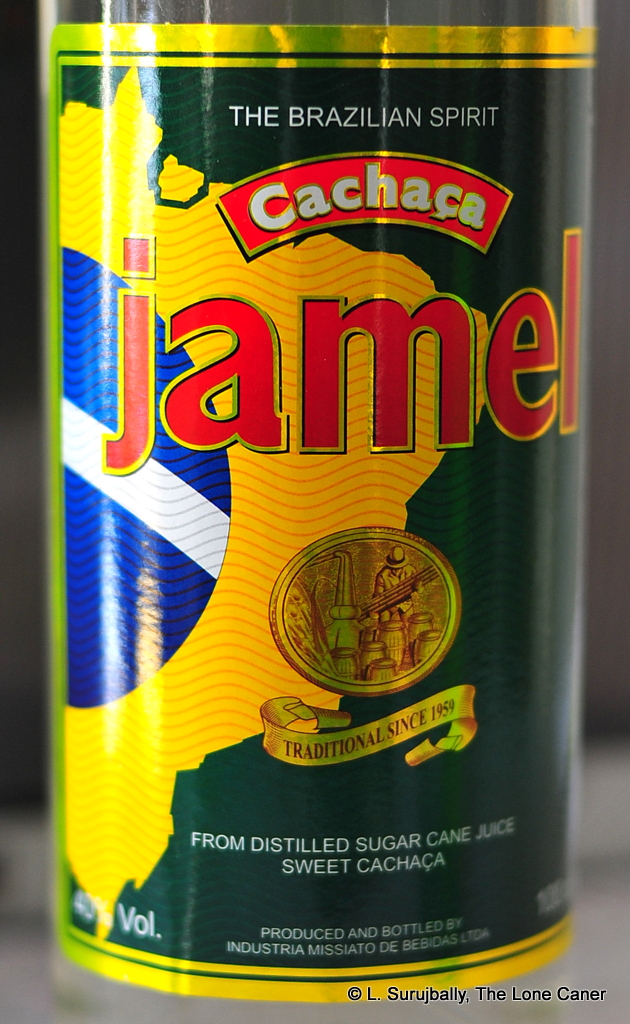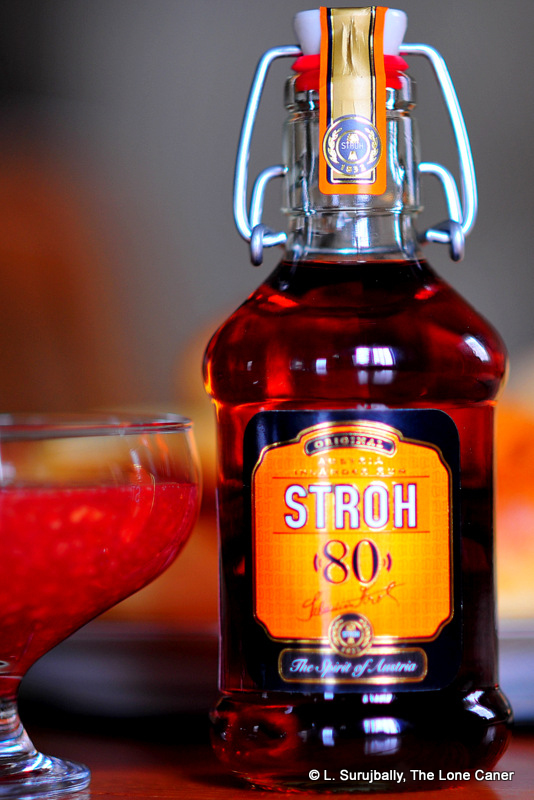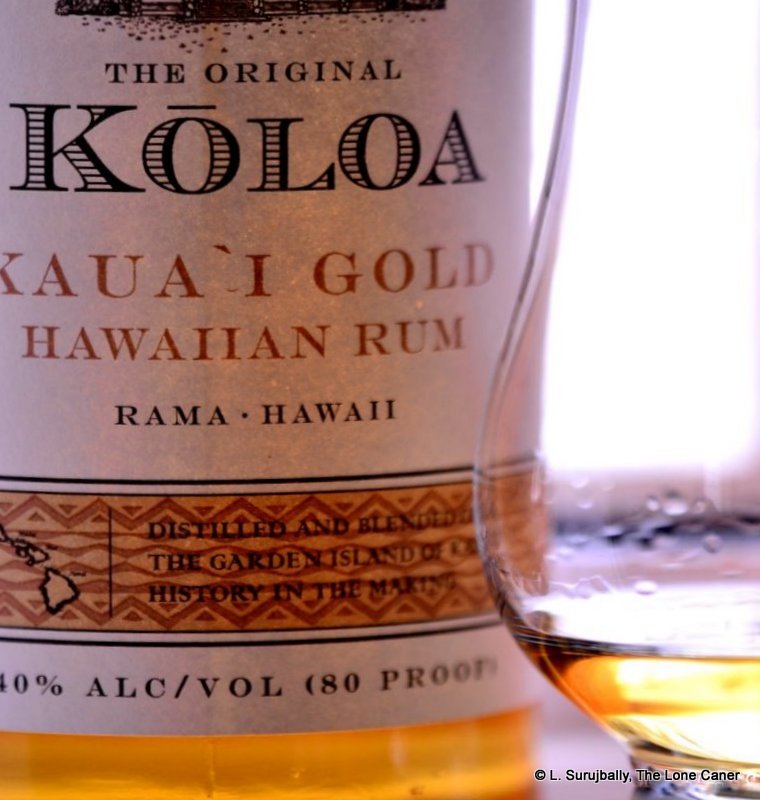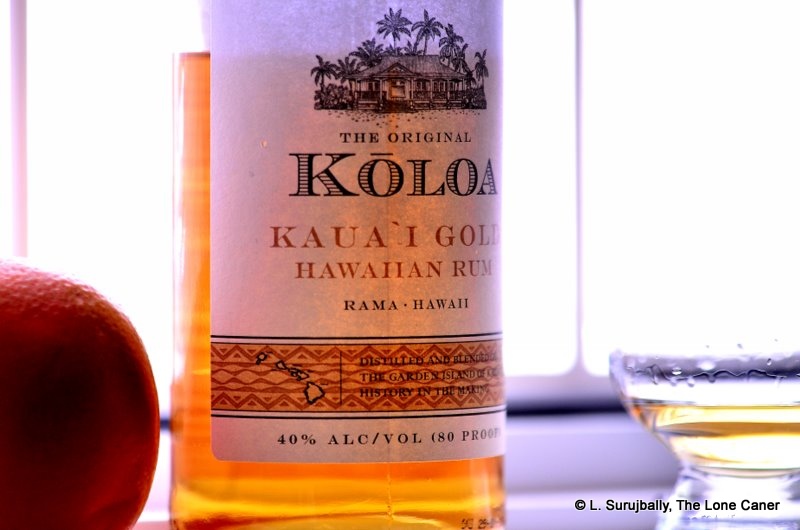As I remarked in the review of the Damoiseau 2009, there is an emergent trend for agricole rhum makers to make their white rhums stronger. This boosts flavours and intensity and makes for a drink or a mix that has the kick of a spavined mule, and because the rum is unaged, you are getting hit with all those enormous sweet grassy and herbal agricole-style tastes. That not only wakes up a Ti-Punch (or anything else you chose to add it to) but supercharges it.
To some extent I think that this trend is meant to capitalise on the success of the high ester Jamaicans like the Rum Fire, Rum Bar, Wray & Nephew Overproof, together with the realisation by various rum makers (who previously just went with lighter whites) that such unaged rums – whether from cane juice or molasses – can be both stronger than the standard and way more exciting…and still people would buy them.
One such rum comes from the brand of Takamaka Bay out of the Indian Ocean islands of the Seychelles, which is a distillery founded in 2002 (it’s actually called Trois Frères Distillery), and from the beginning made rums from both cane juice and molasses. Their initial lineup had a brawling cane juice blanc which was in fact stronger than others available at the time (it was 72% ABV), and which for some reason they discontinued by the early 2010s. They replaced it with this one, three proof points lower and fully from molasses, for reasons that are obscure and may have to do with their major rebranding push around 2013-2014. It is part of their low end “Seychelles Series” of rums which includes infused, spiced and tinkered-with rums for the bar scene.
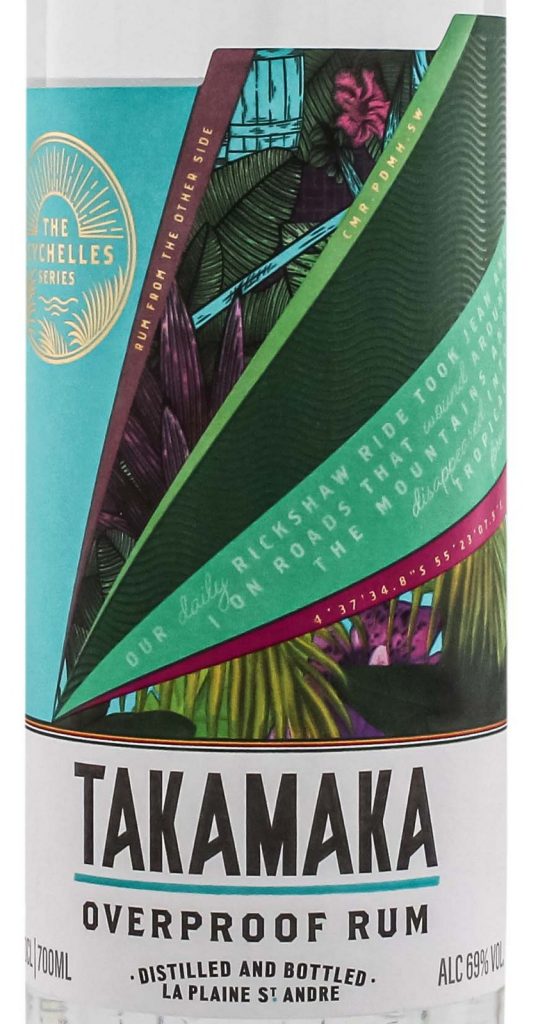 Now you would think that the producers of an overproof Wray-slaying-wannabe, which of course this aspires to be, would make every effort to ensure its product is packed with flavours of a fruit and candy shop and if it felt like being bellicose, pack itself with a nose the envy of a rutting troglodyte’s mouldy jockstrap. I stand here in front of you saying, with some surprise, that this just isn’t the case. The nose starts off okay, quite spicy, with notes of white chocolate, almonds, soy milk, creamy unsweetened yoghurt. Then it adds a bit of grass and cumin, a shaving of zest from a lime or two. A pear, maybe two, some papaya. But that’s about it. The rum is so peculiarly faint it’s like it would need to stand twice in the same place to make a shadow. This is an overproof? It’s more like slightly flavoured alcoholic water, and I say that with genuine regret.
Now you would think that the producers of an overproof Wray-slaying-wannabe, which of course this aspires to be, would make every effort to ensure its product is packed with flavours of a fruit and candy shop and if it felt like being bellicose, pack itself with a nose the envy of a rutting troglodyte’s mouldy jockstrap. I stand here in front of you saying, with some surprise, that this just isn’t the case. The nose starts off okay, quite spicy, with notes of white chocolate, almonds, soy milk, creamy unsweetened yoghurt. Then it adds a bit of grass and cumin, a shaving of zest from a lime or two. A pear, maybe two, some papaya. But that’s about it. The rum is so peculiarly faint it’s like it would need to stand twice in the same place to make a shadow. This is an overproof? It’s more like slightly flavoured alcoholic water, and I say that with genuine regret.
Regret or not, this light faintness dominates the palate as well. It feels quite delicate (though always spicy – the effects of that 69% do not entirely vanish), yet somehow feels less, tastes less, smells less, not just in terms of intensity, or power to originate tectonic plate movement in your face – but in the aggregate sensation. There’s so little coming at you. You get alcohol, vanilla, cream, pears, swank, and that’s if you’re lucky. A touch of lemon zest. Maybe a flirt of licorice, some salt, a light cream cheese on wonder bread. And that’s all. The finish tries to redeem that by being long, dry, coughing up notes of light fruits (pears, Thai mangoes, white grapes), but alas, not enough to save it. For an overproof at this strength, we definitely have a failure to communicate.
Whatever the motivations or economic rationales were for switching the original overproof (which I rated 84 points) from cane juice to molasses, dropping the proof and simplifying the blend, my personal opinion is that Trois Frères might want to rethink that, and maybe even re-tinker. The rum is a disappointment for fans of the company which has other expressions of lesser proof that are really quite good and sells bulk rum abroad which is sometimes even better. It lacks serious tastes for something so strong, it provides no oomph to enthuse the barkeeps and mixologists who are looking for original expressions to enhance their creations, and no incentive for casual drinkers who’re looking for a unique profile. I’m no doomsayer, but I do believe that if something isn’t done to up this rum’s game, it might just arrive DOA and expire in obscurity…and that’s a shame, not least because I didn’t come here to write obituaries.
(#936)(75/100) ⭐⭐½
Other notes
- The rum continues to be made on a column still, from molasses. Its predecessor was from cane juice and I always suspected it had a touch of pot still high ester juice sneaked in. I had no such feeling here, obviously. The company website states that the current 38% “standard” Blanc does indeed have some of that pot still distillate added to it.
- A biography of the company, last updated in 2021 can be found here.
- The label has changed from the original 72% version, and its lesser-proofed successor which had a big “69” front and center on the label. I think this version was begun around 2020. The word “Bay” was also dropped from the labelling at around this time.

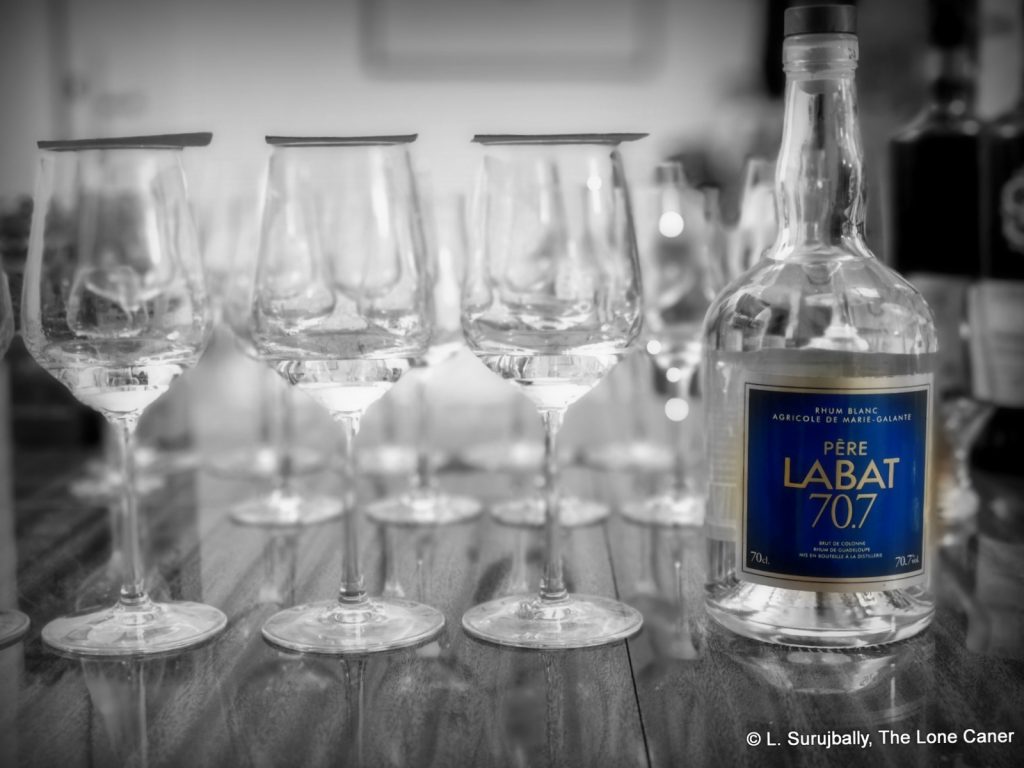
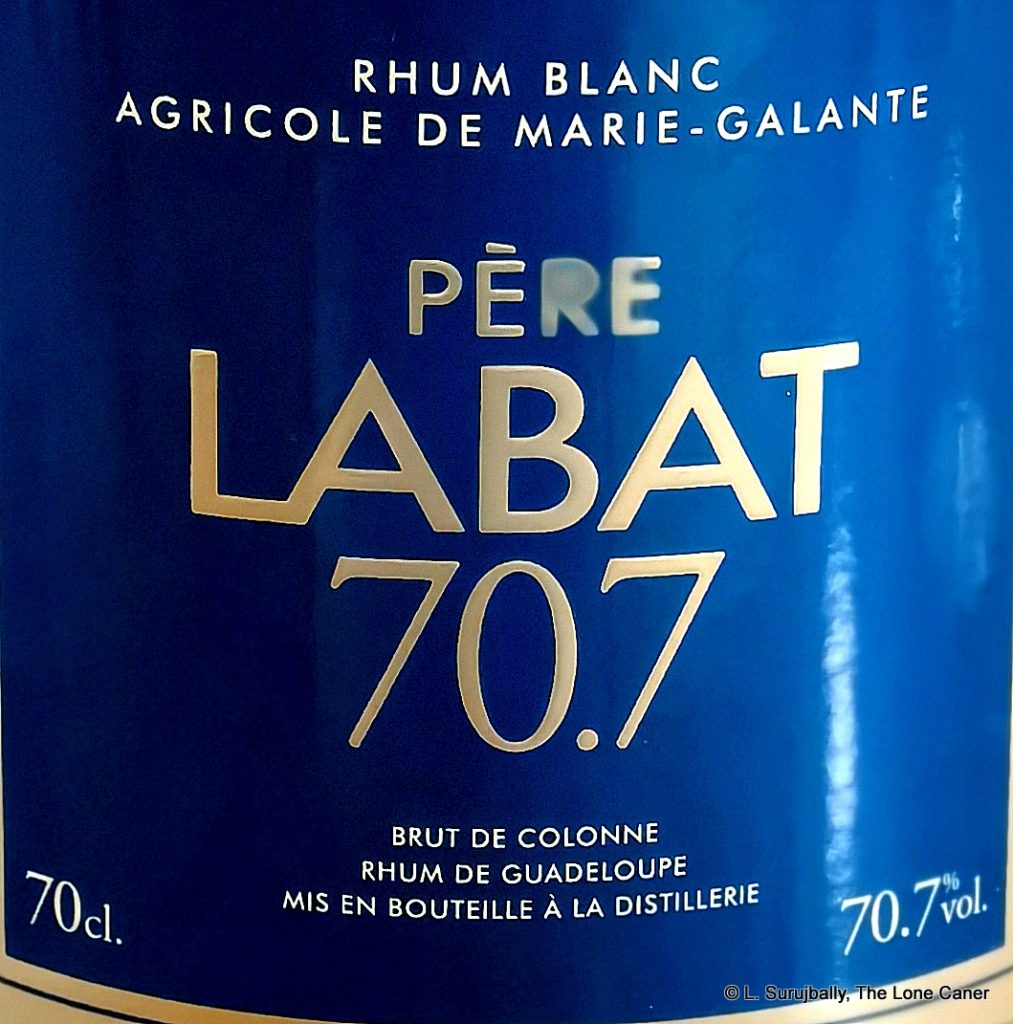
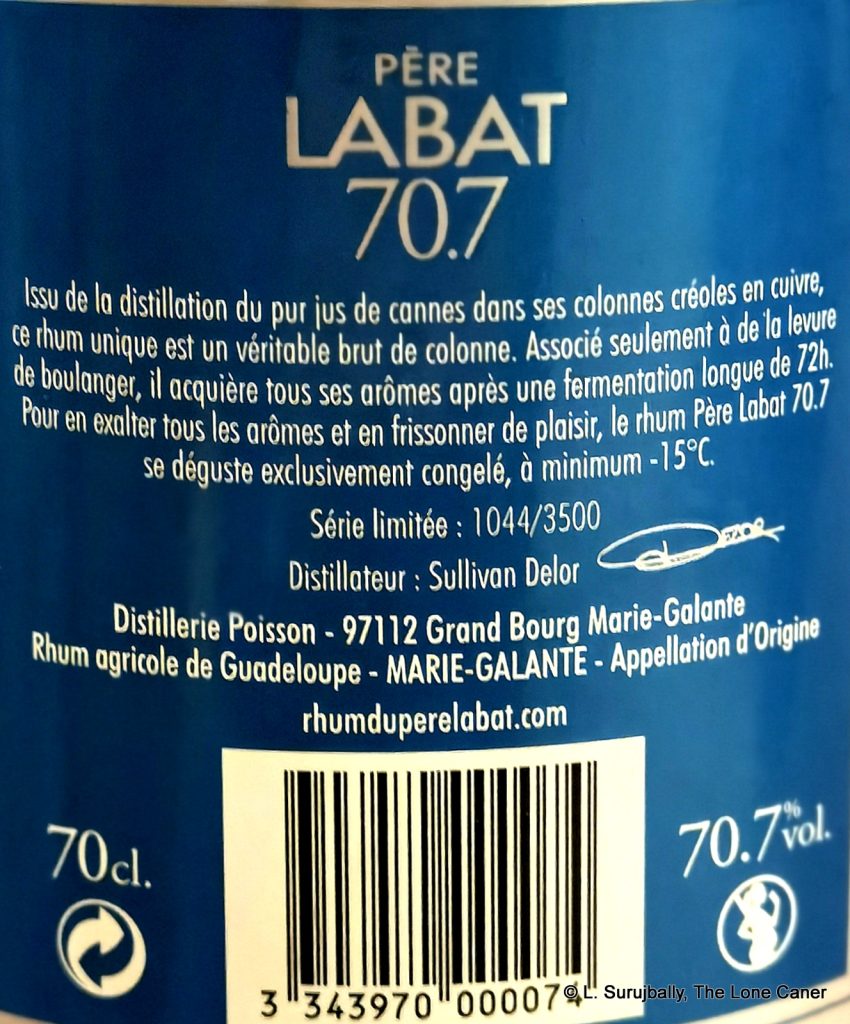
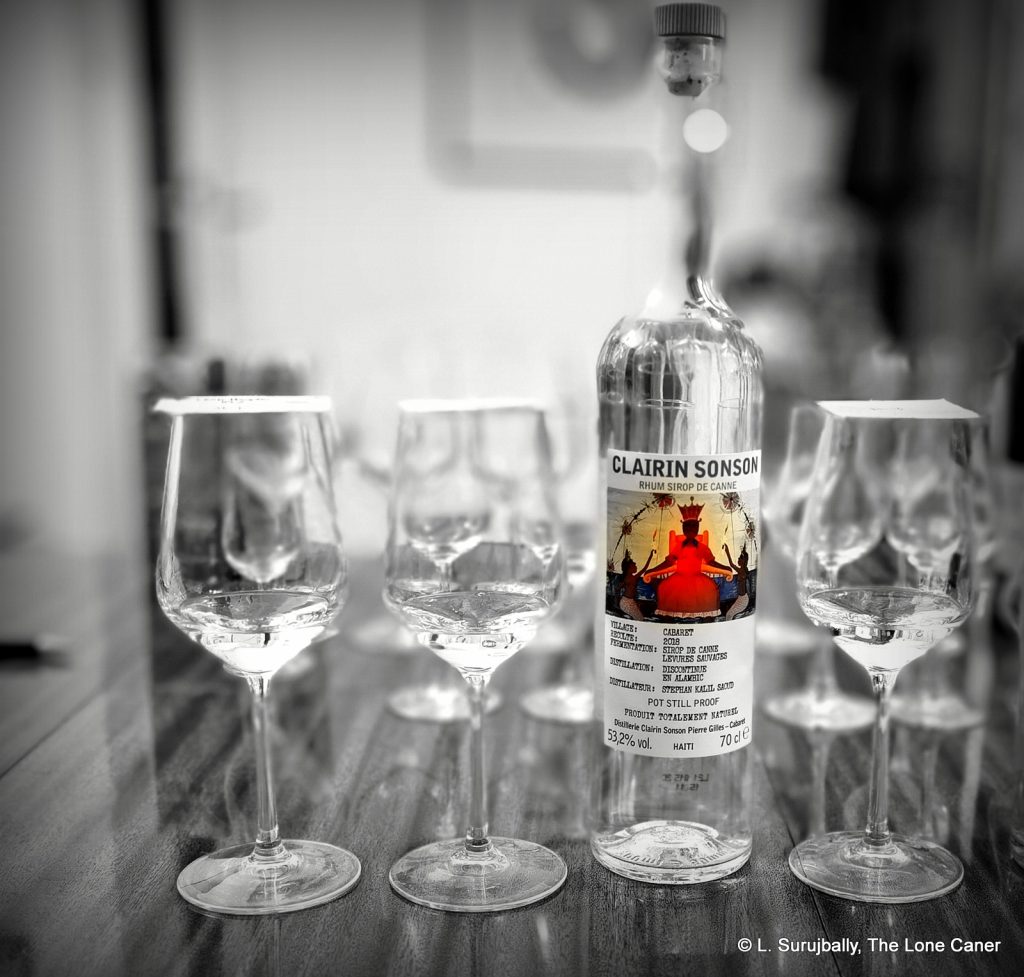
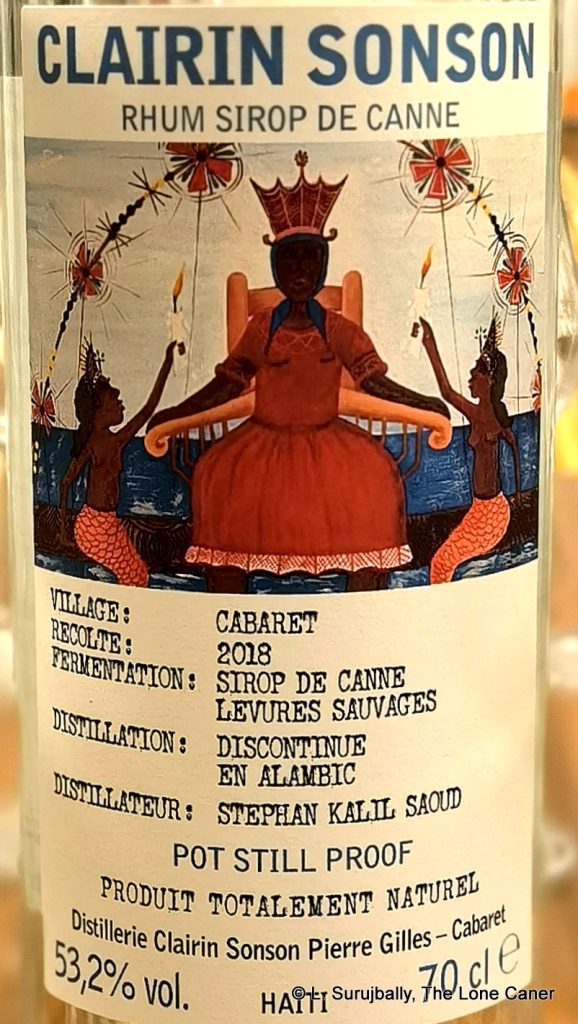
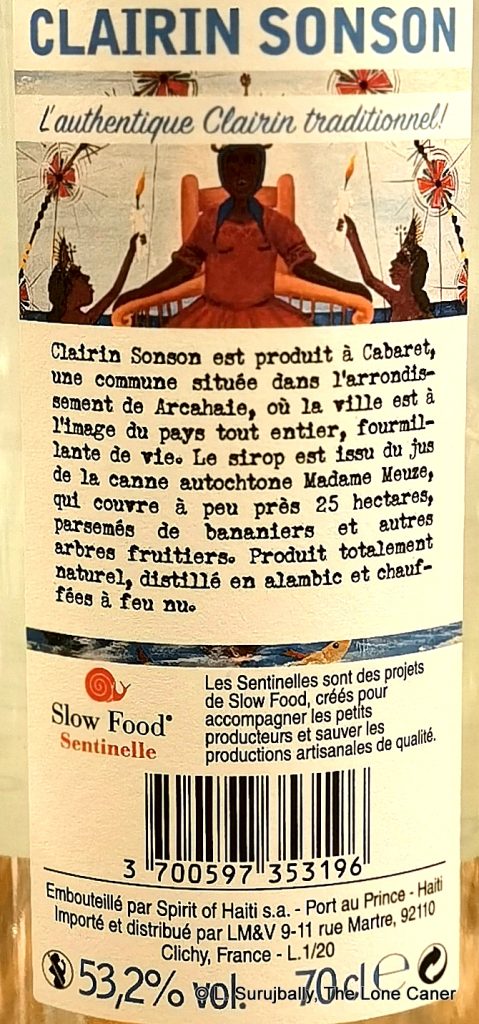

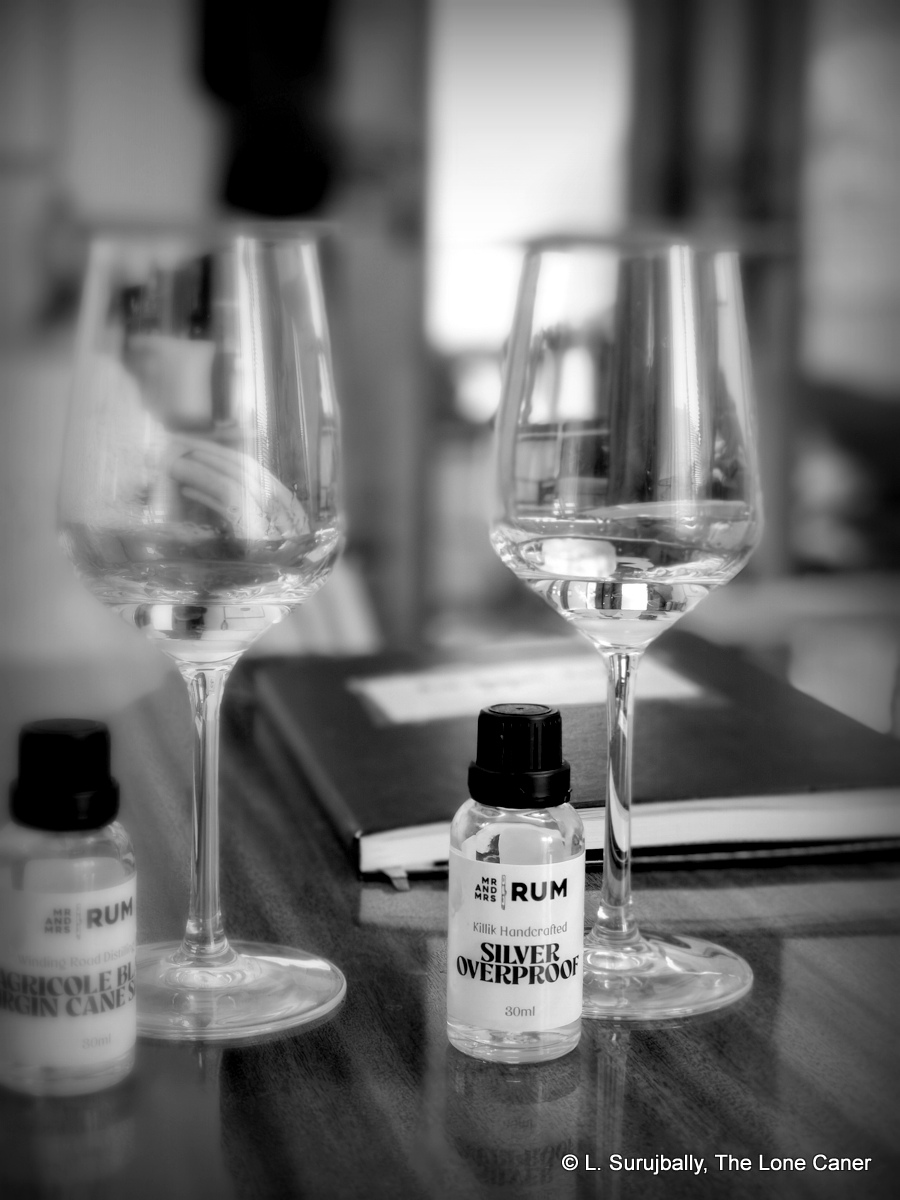
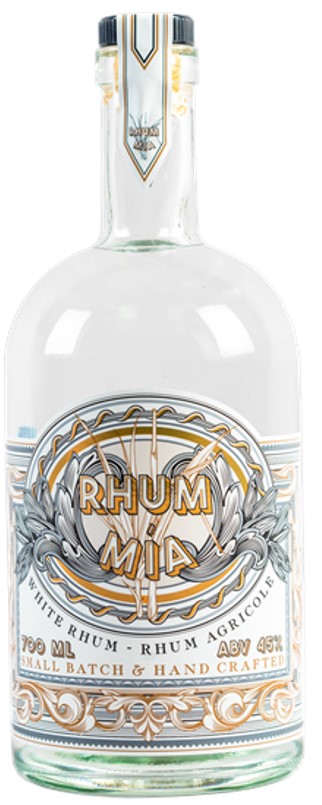
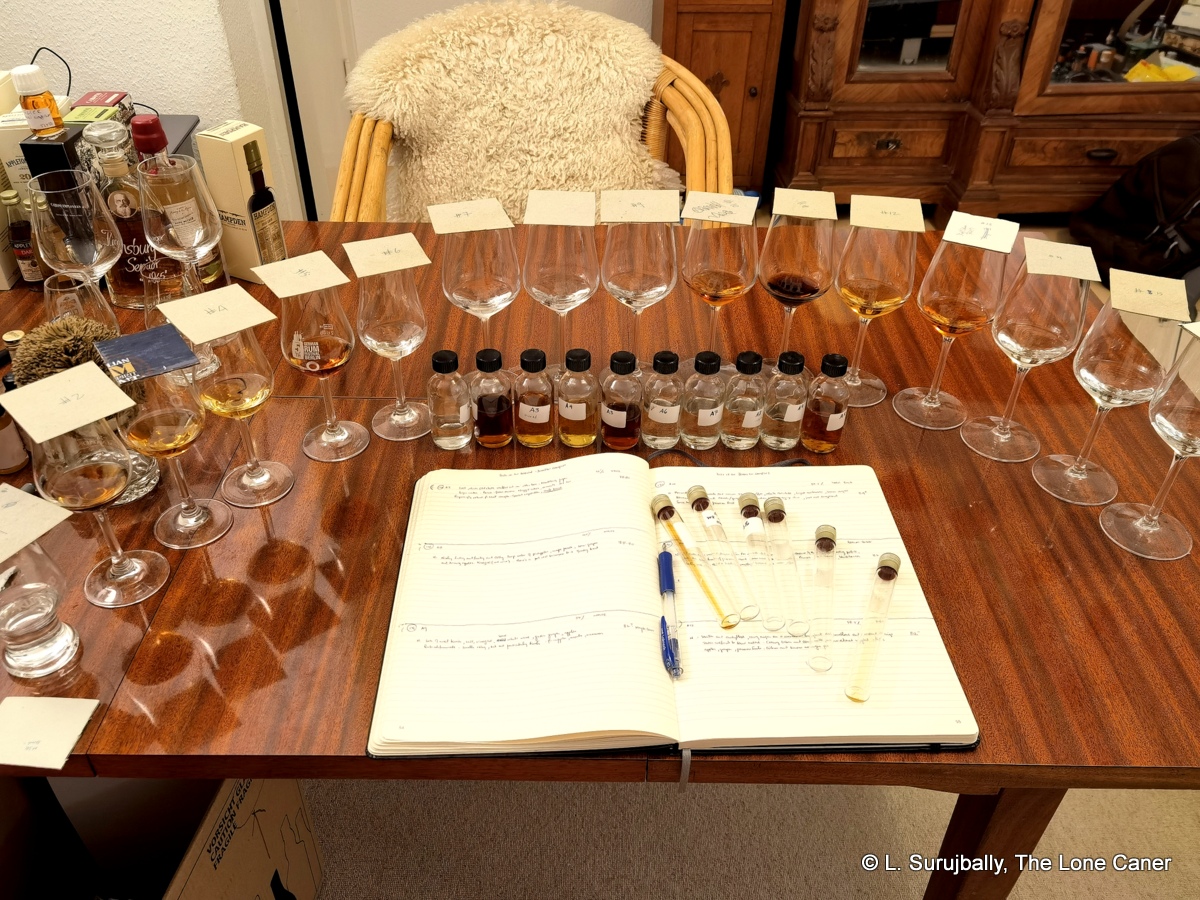
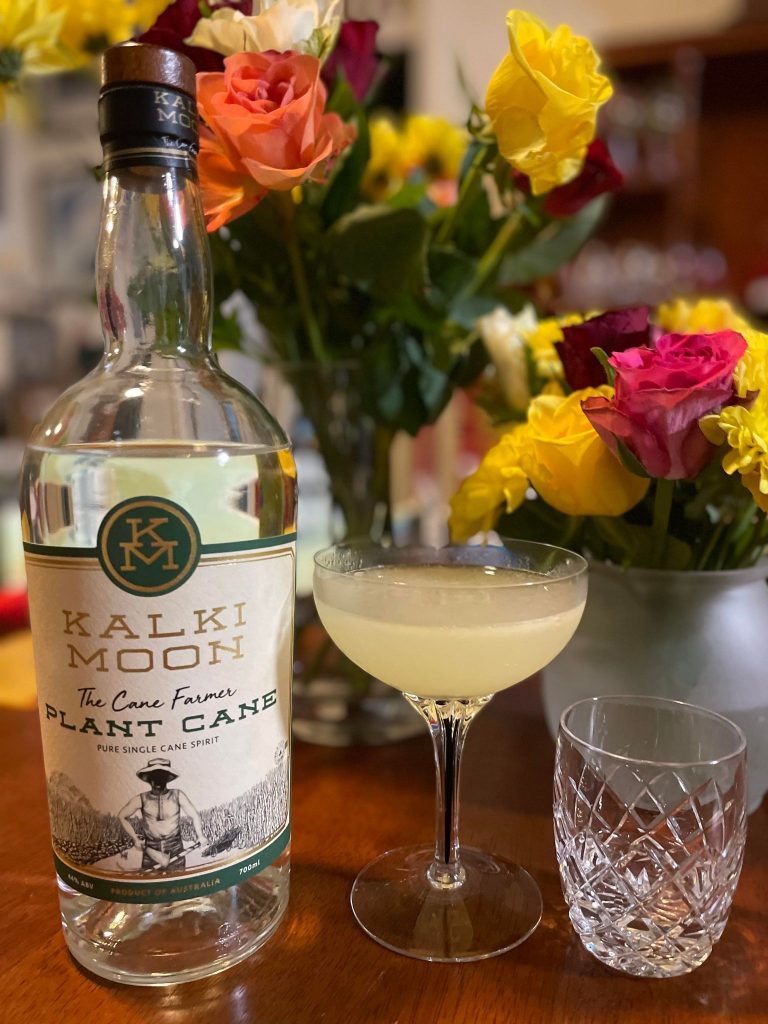

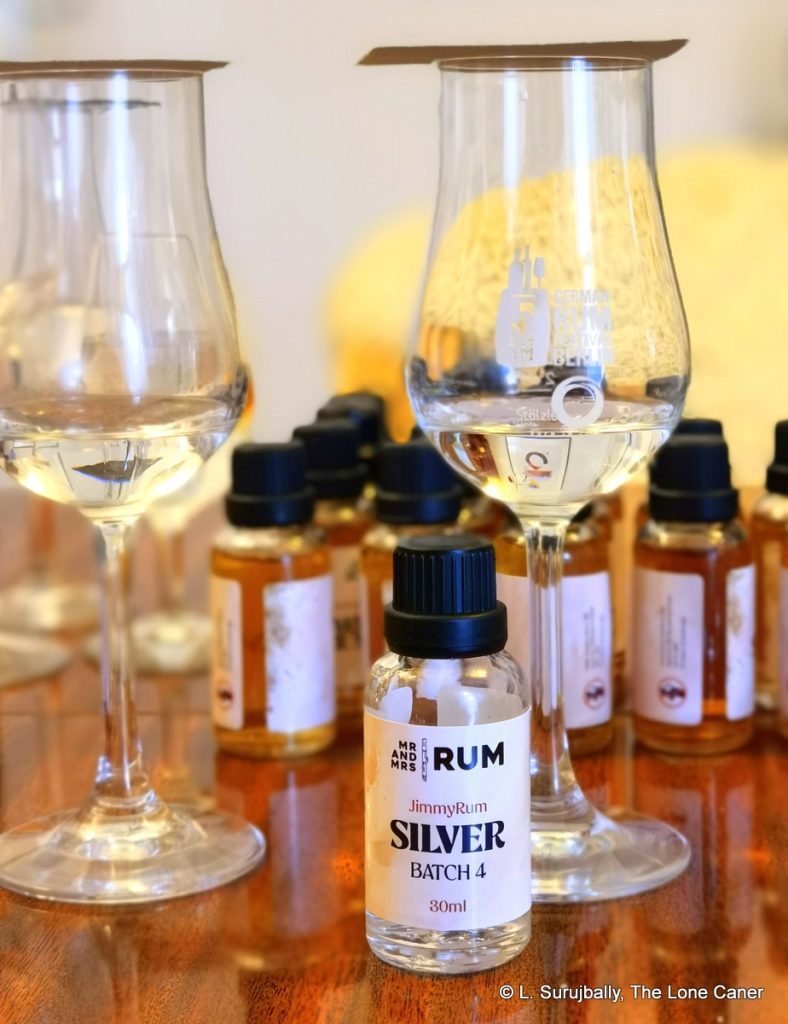
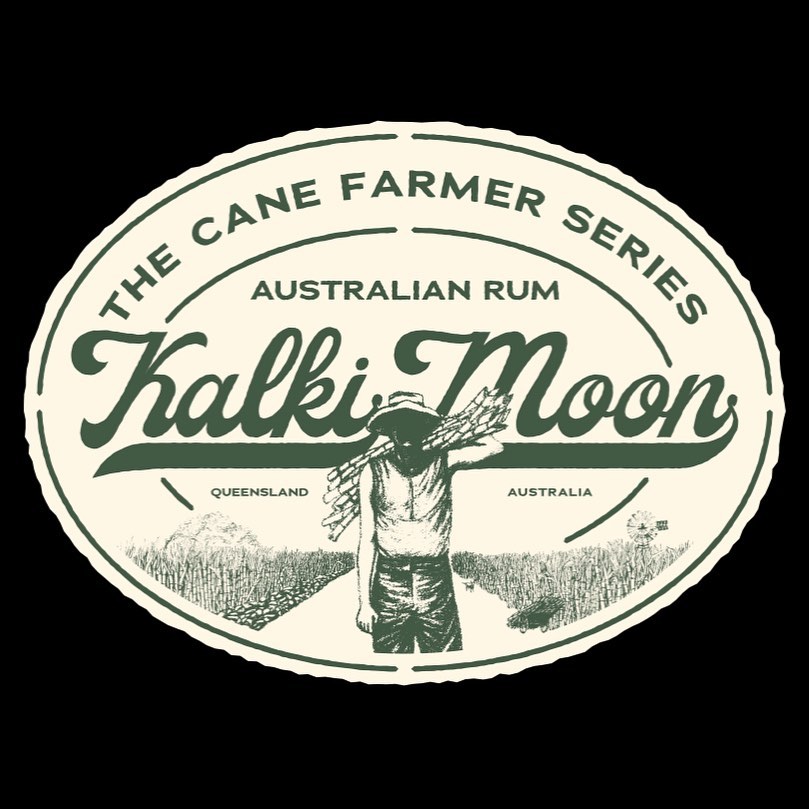
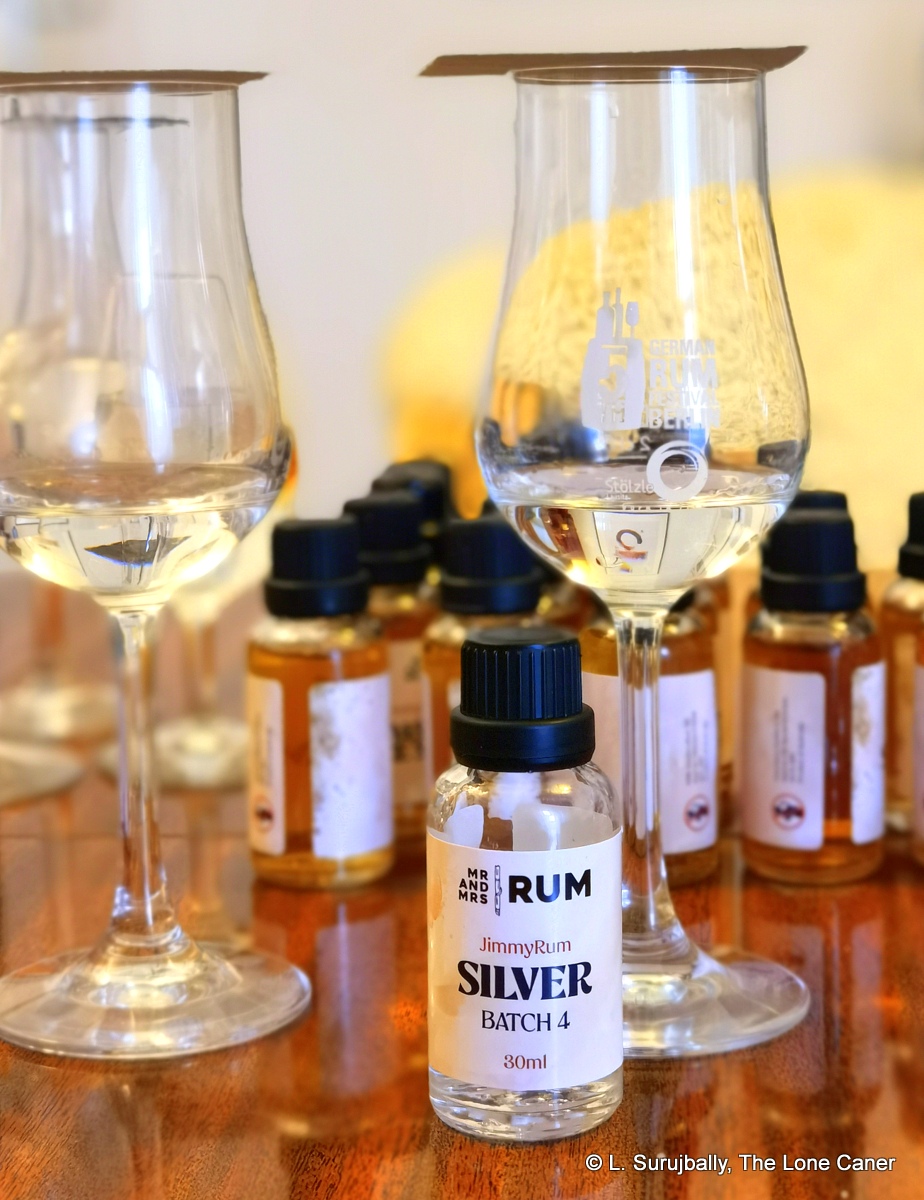
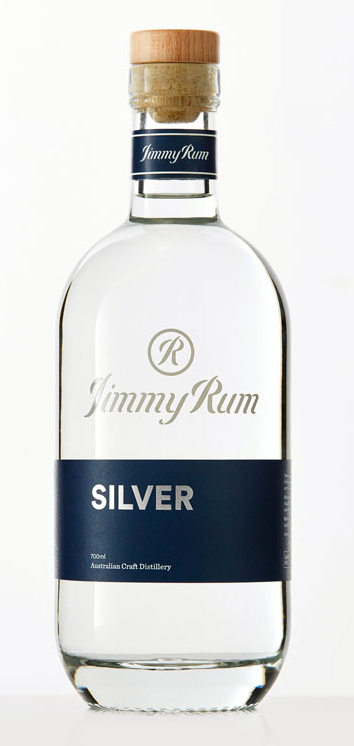
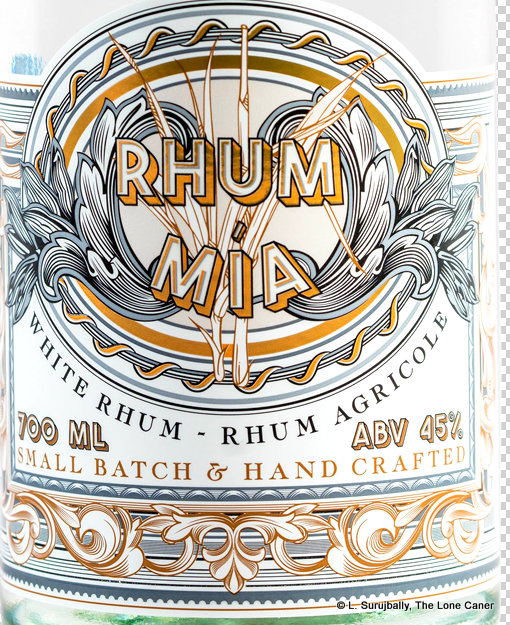
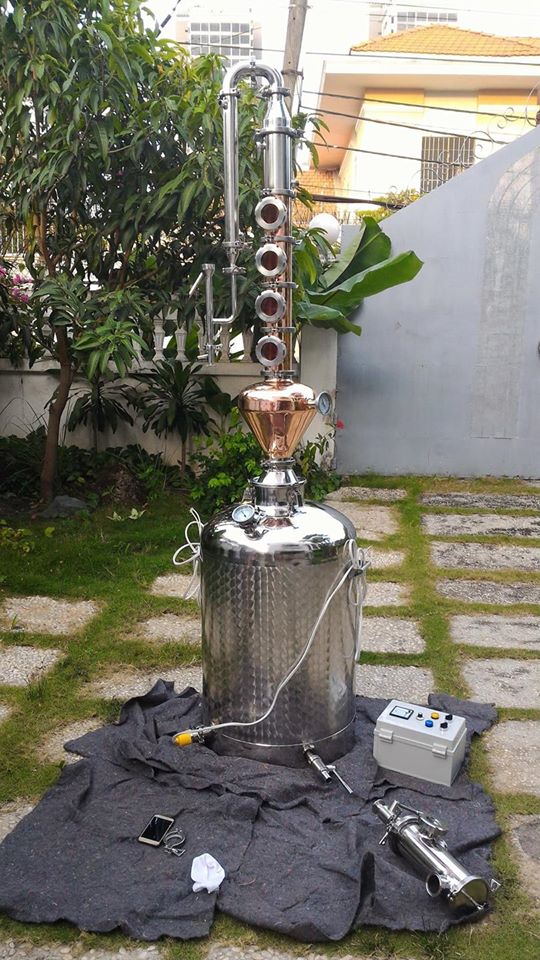
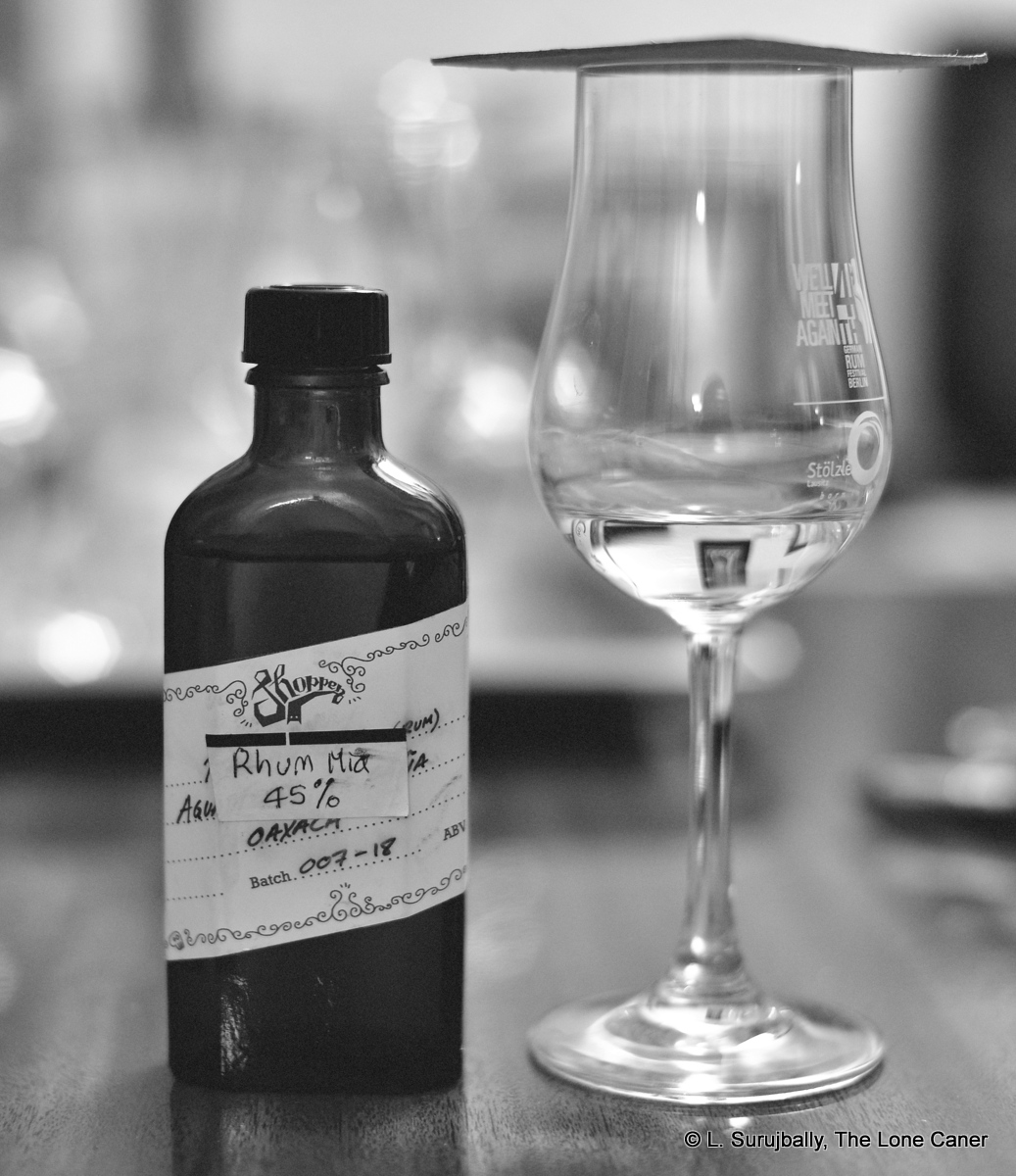
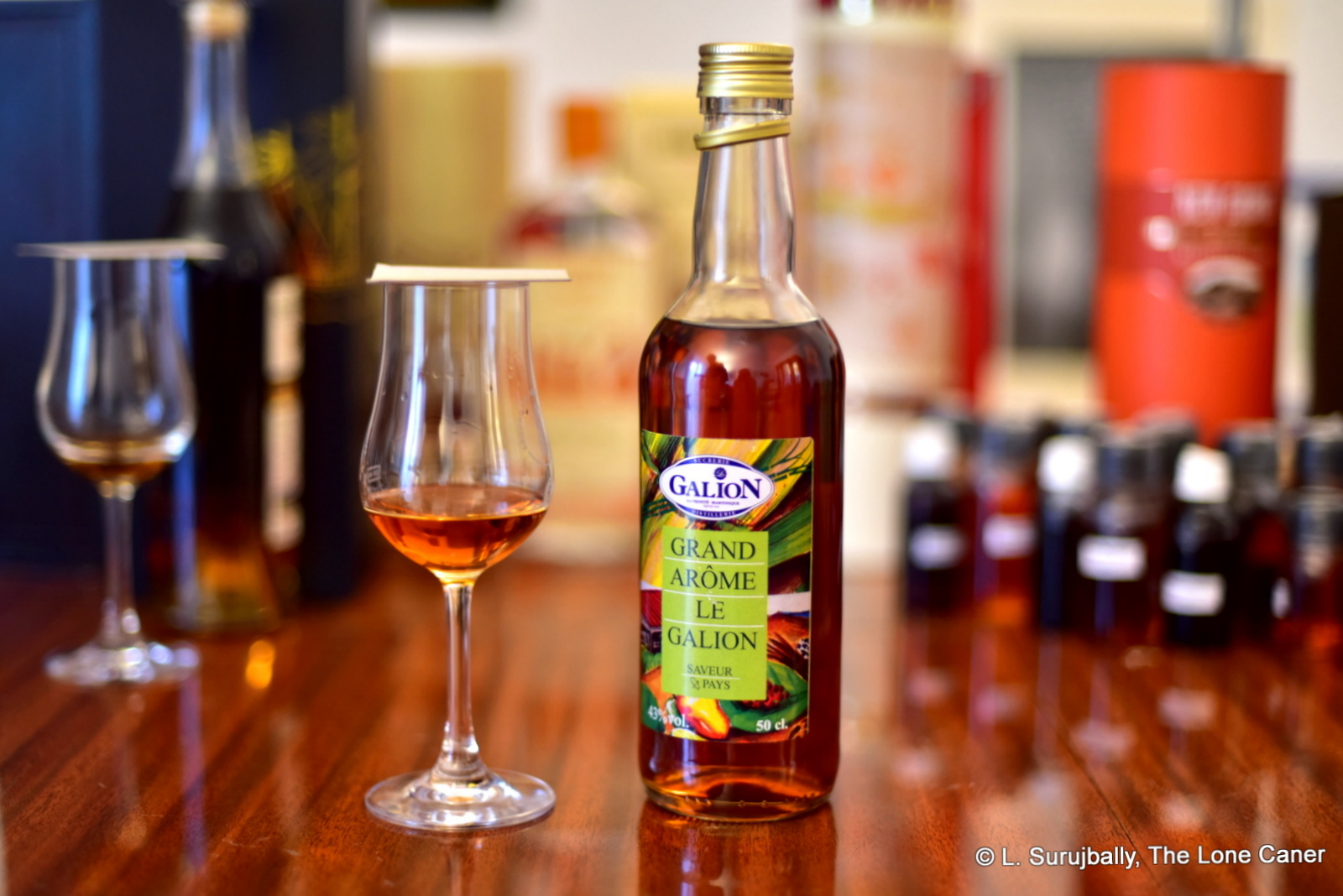
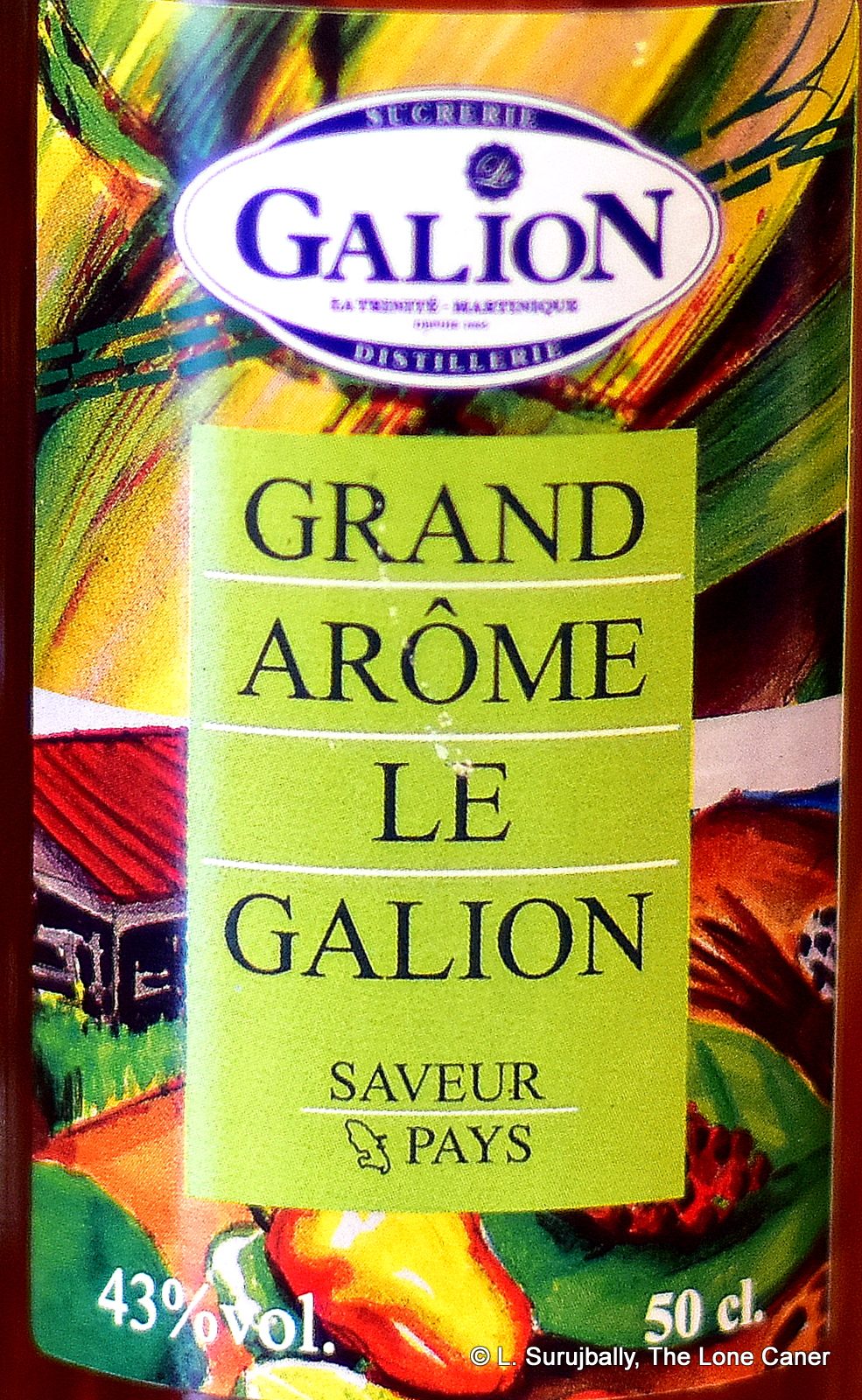 The pattern repeated itself as I tasted it, starting off sharp, uncouth, jagged, raw…and underneath all that was some real quality. There were caramel, salty cashews, marshmallows, brown sugar (
The pattern repeated itself as I tasted it, starting off sharp, uncouth, jagged, raw…and underneath all that was some real quality. There were caramel, salty cashews, marshmallows, brown sugar (
